29 59 56 | Conor Nolan’s nostalgic drawings of Irish Swimmers
Conor Nolan is an illustrator and designer fresh out of NCAD who spends his time drawing, scribbling and screen printing in Dublin. He has illustrated for the likes of Hunt & Gather, SkiBeat and the Sunday Business Post. Most of Conor’s work involves drawing on paper with ink to capture a handmade feel, and creating interesting portraits of everyday people. In his graduate show this past June in NCAD, Conor showed a project entitled 29 59 56, an illustrated account of the first ever swimmers to swim the Irish Sea in 1993. Using print and animation, 29 59 56 recalled the 29 hours, 59 minutes and 56 seconds that it took to cross the Sea, through the eyes of his father Les Nolan. The work called on the rough look and feel of photocopied newspaper articles and training footage from VHS tapes from ’93 to evoke the experience of the people involved in overcoming the “Everest of Swims.”
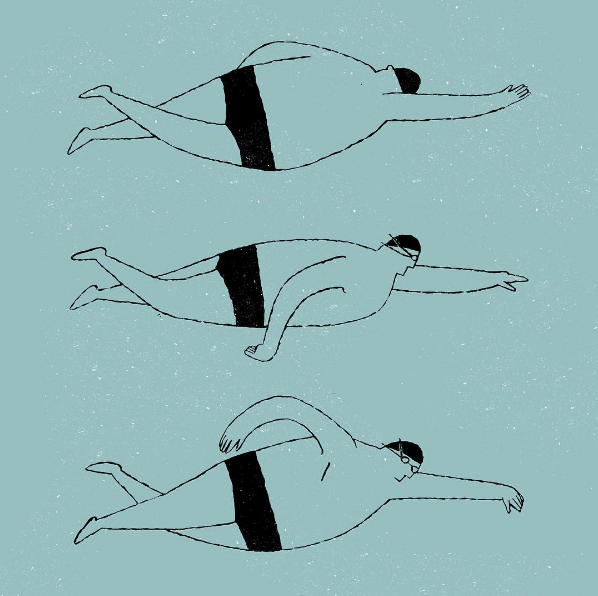
The project is “through the eyes of your father”. Was he one of the swimmers?
How did you decide on this subject of Irish swimmers as your final project for NCAD?
Looking back it almost seems like I just started drawing swimmers one day and didn’t stop. But really, I thought about what the function of illustration is for a long time first, about what an illustrator can do that other people can’t, and I figured that an illustrator is able to tell a story in a way that’s unique to their craft and can evoke feelings that probably can’t be quite grasped otherwise. This took a while. I asked a lot of tutors and other students what they do to come up with ideas and spent a while trying different things. In the end it was me having drawn this swimmer in a zine that I made in a day that started the conversation. So I wanted to take a story and tell it in a new, illustrated way, and I just so happened to have a really good story at home in a box full of swimming-related bits and bobs.
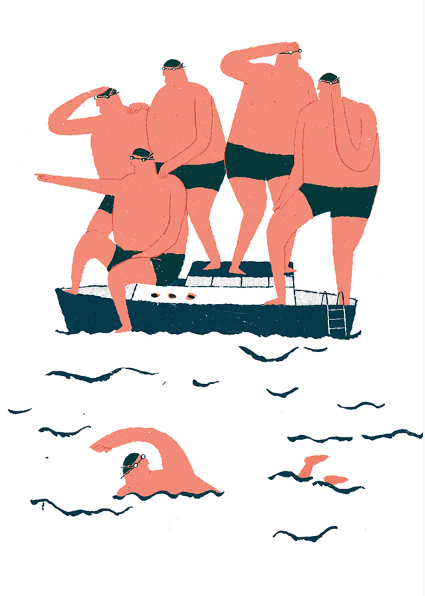
Can you tell us how you achieved the rough look and feel based on newspapers and footage?
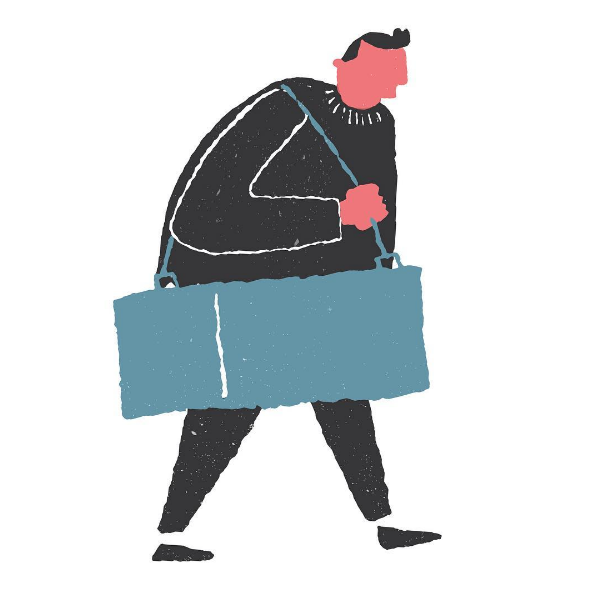
The project translates into animation and a book. What were the different obstacles or challenges between the two? Which was your favourite medium to work in?
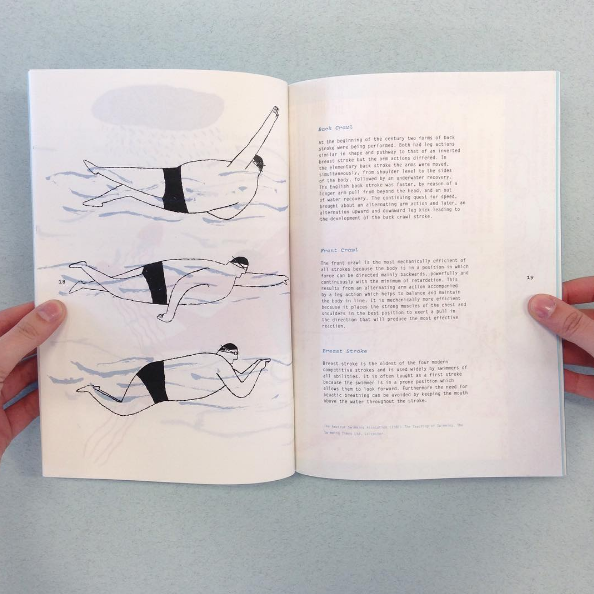
How was your time at NCAD?
NCAD was a tough time, but really rewarding. With our year being the first to experience the three-year degree, I think there was a general air of unsureness at times for students as well as staff; but this was a big motivator for a lot of people, I think. The fact that we had to get ourselves to graduate standard with one less year of education really made people knuckle down, especially in the final year. I learned a lot there. It’s a really great learning environment, especially with tutors as willing as we had.
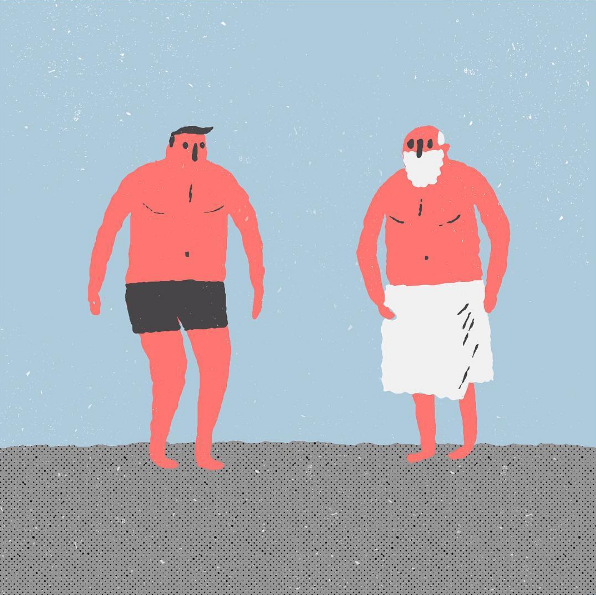
Where do you take your inspiration from?
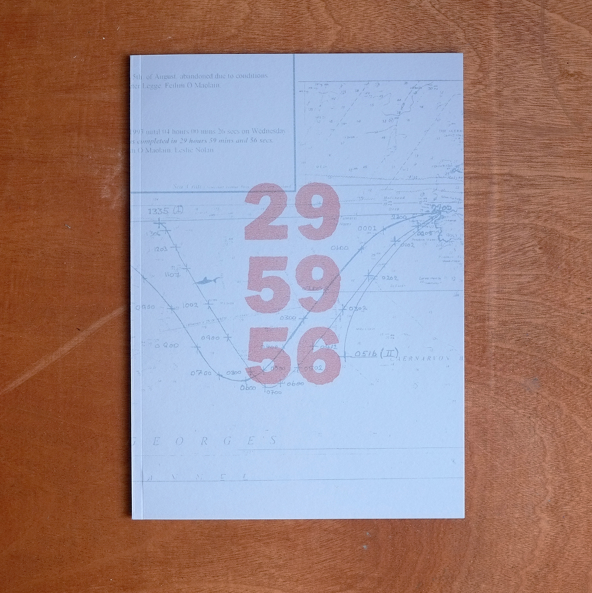
So you’ve just graduated. Scary question – where would you like to be in 10 years?
Honestly I just want to get the ball rolling for now and do some personal projects that I’ll enjoy and can play around with. But the more long-term goal is being a freelance illustrator. I always feel like that seems a little underwhelming when I say it to people but honestly all I want is a desk and a dog and to be able to draw for a living. So hopefully that’s where I’ll be in 10 years!
